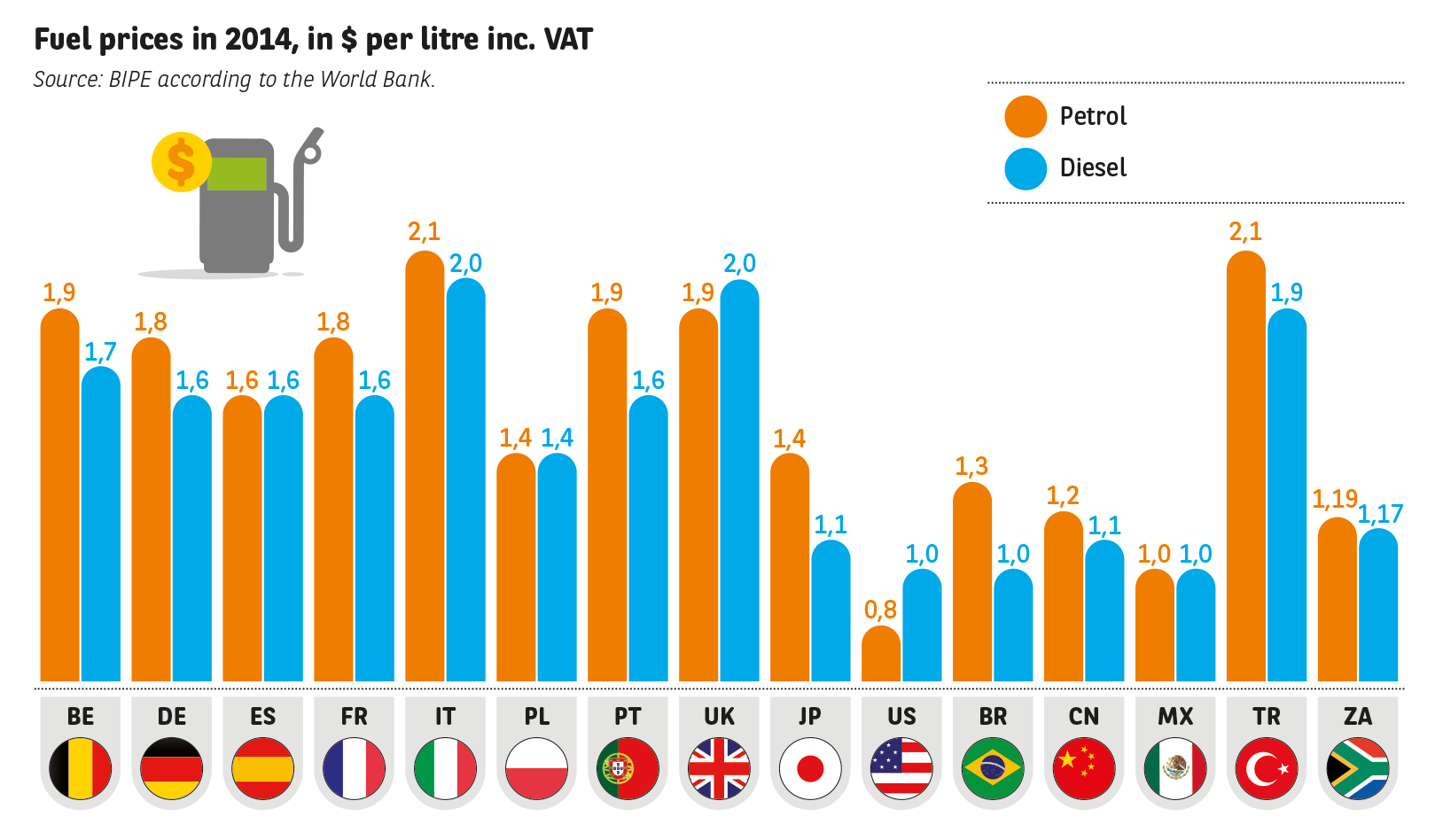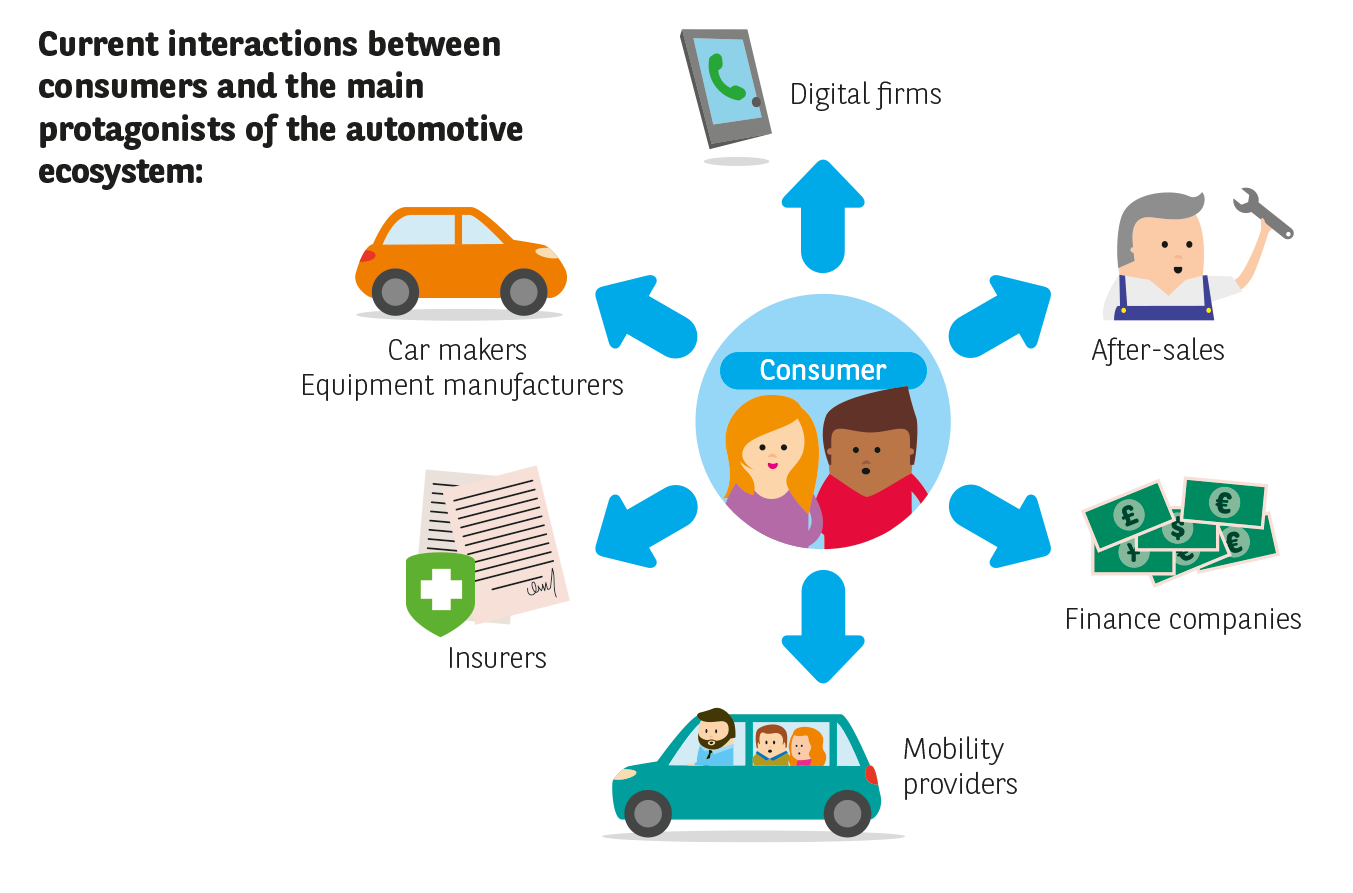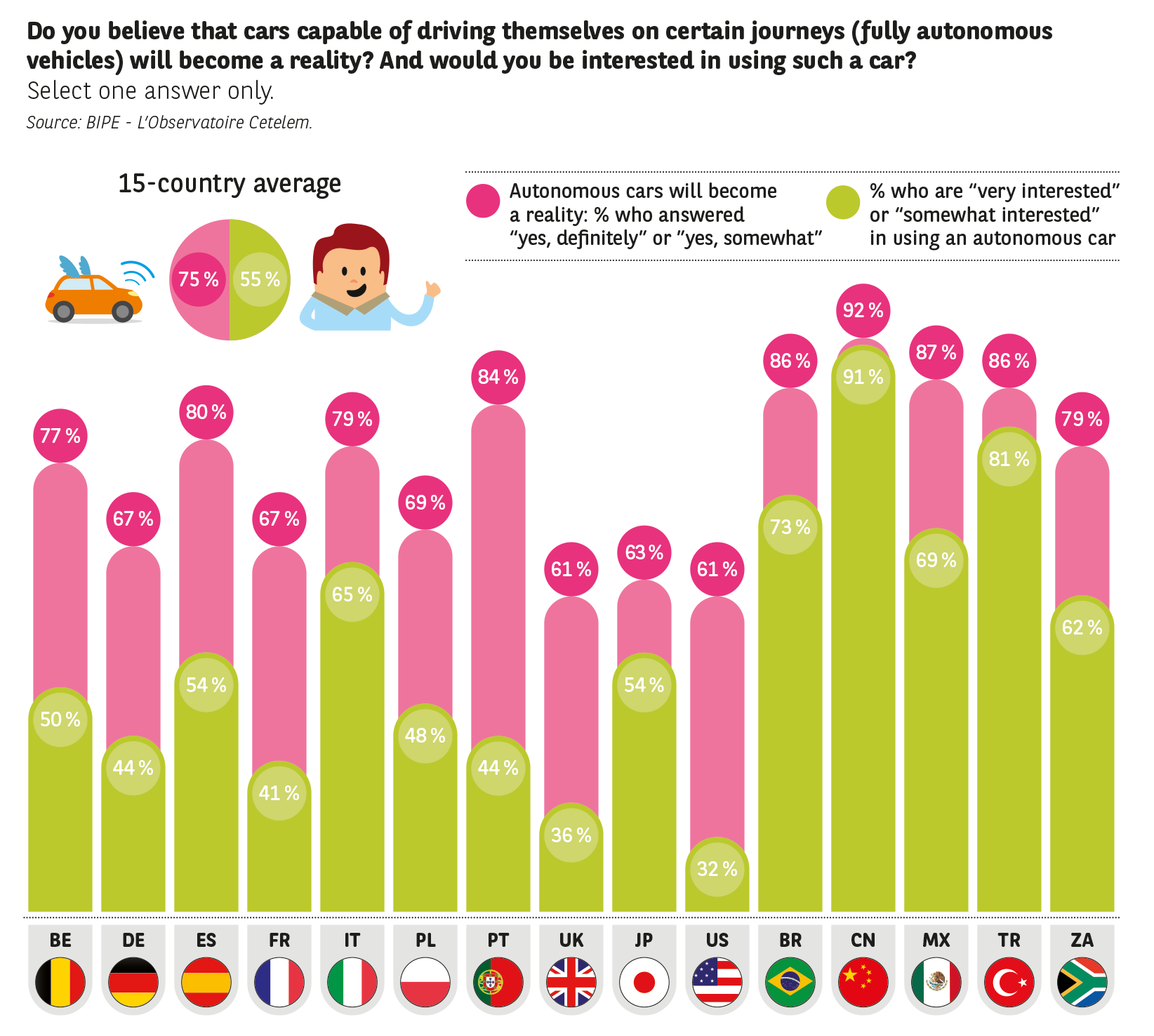SAVING OR SPENDING: WHO BENEFITS FROM THIS UPTURN?


When Europeans are asked whether they intend to spend more or save more, their answers are always extremely varied, with the “grasshoppers” at one end of the spectrum and the “ants” at the other. It is worth noting that the figures for both camps have risen compared with L’Observatoire Cetelem 2015.
Indeed, 42 % declare that they intend to save more over the next 12 months (+7 points vs. L’Observatoire Cetelem 2015), but only 9 % are certain of doing so. The majority of these individuals are working people, who are always the first to enjoy income rises and tend to save the sums left over.
An equal number of “grasshoppers” and “ants”
Meanwhile, 39 % of Europeans plan to increase their spending (+4 points vs. L’Observatoire Cetelem 2015). But once again, very few of them are sure to do so
(6 %), with the majority preferring to take a hypothetical view. This is particularly true for families with young children, whose spending is inevitably going to increase.
Fig. 7 Over the next 12 months, do you expect to…
Source: L’Observatoire Cetelem de la Consommation 2016.

On this point, the views of European consumers diverge. The “ants”, who are more likely to save, include the Italians, the Danes, the British and the Portuguese. Among the “grasshoppers”, who have a greater propensity to spend, the Poles, the Czechs and the Slovaks are overrepresented.
Also noteworthy is the fact that 19 % of Europeans declare that they will be both saving and spending more. Unsurprisingly, the latter have a positive view of their personal circumstances with an average score of 6.5, more than one point above the average.
Meanwhile, 37 % state that they intend neither to save nor spend more The majority of these individuals give their personal circumstances a score of between 1 and 5 (Fig. 7).
If we take into account age, it appears that over 50s make very few changes to their saving or spending habits. Almost half do not intend to alter their spending or saving behaviour in 2016. Conversely, under 35 year olds, who need to make important purchases while also preparing for their future, generally state that they wish to both save (61 %) and spend (50 %).
Travel and leisure lead the way, digital devices are booming, housing is struggling and cars are on the up
Europeans still place travel and leisure at the top of their list of purchasing intentions (56 % of intentions on average; Fig. 8). In particular, these scores are up in Spain, Italy and the United Kingdom. This contrasts with the figures produced by Germany and especially France, whose domestic climate has suffered as a result of the terrorist attacks. The French look set to focus on other types of purchase, notably cars and digital devices. As for the Germans, their purchasing intentions are down in all categories, apart from housing and… cars!
Fig. 8 Over the next 12 months, do you expect to…
Source: L’Observatoire Cetelem de la Consommation 2016.

While European consumers are more optimistic than last year with regard to most expense items, the biggest loser seems to be housing. While property purchasing intentions remain stable (10 %), home improvement and renovation work, which has traditionally been the third largest spending category (30 %), has dropped significantly (-7 points), most notably in Italy, Poland and the United Kingdom. Household electrical goods now sit in third place (39 %), thanks to a three-point rise prompted by spending increases in Spain, Italy, France and the United Kingdom. Furniture lies in fourth place, up three points. Digital devices are hugely popular: smartphones (32 %), hi-fi and video equipment (26 %), tablets (21 %) and personal computers (21 %) are all on the up, with the exception of tablets (Fig. 9).

Fig. 9 2016 purchasing intentions: do you plan to purchase the following products/services over the next 12 months? Subtotal “Yes, definitely” and “Yes, probably” (in %)
Source: L’Observatoire Cetelem de la Consommation 2016.
